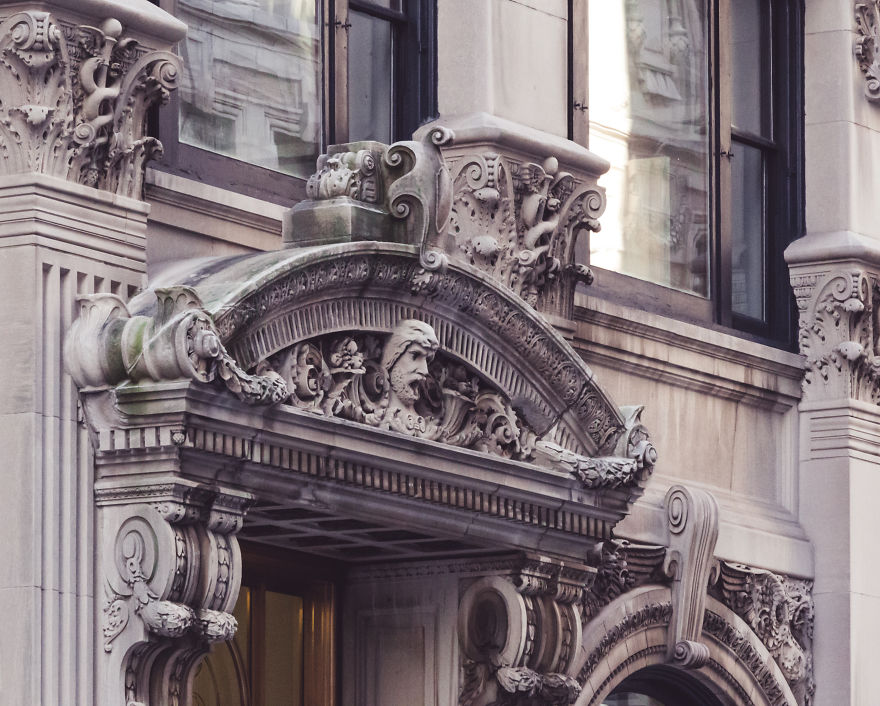I’ve Put Together The History Of Concrete To Prove It’s Not Boring!
Concrete has a long history, dating back to approximately 6,500 BC. Ancient civilisations used natural resources to create a solid rock-like substance, and this had similar results to the concrete we use today.
Even though these ancient concrete-like mixes were crude, they were able to hold together and many of these structures are still standing. These days, concrete is made using Portland cement, coarse and fine aggregates of stone and sand, and water. Certain chemicals are then added to the concrete mix to control the setting properties.
There is some debate about when concrete was first used, but this is what we know about the history of concrete:
6,500 B.C
The first crude concrete structures such as floors, houses, underground cisterns and buildings were created by the Bedouins of Syria and Jordan.
3000 B.C
Egyptians used a mortar mix of gypsum and lime to bind together buildings made from mud and straw bricks. The Great Wall of China and the Great Pyramids of Giza also had some form of ancient gypsum and lime mortar in their constructions.
1300 B.C
This era marked the discovery of cement which would lead to variation in mortars in the next few centuries.
700 B.C
The Bedouins were once again leaders in the field in 700BC. They produced mortar from water, cement and sand. Although mortar does not contain aggregate, it was a step closer to the concrete we use today.
200 B.C
The Romans began to perfect their buildings and structures using a concrete mix of seawater, lime and volcanic ash. This lasted until the fall of the Roman Empire in 476 A.D. After this time concrete was all but forgotten and the manuscripts lost. Incredibly, the ancient Romans were able to make concrete structures like the Pantheon, Colosseum and The Cloaca Maxima, all of which have survived for centuries.
1414
This year was a turning point in concrete history as new interest was ignited.
1793
John Smeaton, an English civil engineer, discovered a way to use hydraulic lime in concrete. He added pebbles and powdered brick for aggregate.
1824
A bricklayer, Joseph Aspdin was determined to find a suitable alternative to the Roman concrete. He created Portland cement, named after Portland in England which had large building stones. Cement and aggregate became the main constituents of concrete.
1850 – 1880
During this period, Portland cement was used in concrete quite extensively for industrial and residential buildings in England. After Francois Coignet introduced the idea of using steel rods to reinforce the concrete, Germany, France and the US began to develop this further. Reinforced concrete became a popular choice for building structures.
The 20th Century
Builders experimented with varied admixtures to modify the concrete properties throughout the 20th century. Concrete had become a versatile product and architects began creating different curves and designs from concrete. We can still today marvel at the beauty of churches, museums, homes, and buildings which were created during this time.
The 21st Century
From early crude beginnings through to the Roman Empire and beyond, there has been an ongoing search for a durable, strong concrete which can stand the test of time.
The quality of concrete and manufacturing has improved, making it a strong and versatile product for construction. We are fortunate to now have hard wearing, sustainable, reusable, and environmentally friendly concrete that can be used for a multitude of purposes. If you are looking for concrete for your next project, contact the team at Capital Concrete!
More info: capitalconcretewa.com.au
The history of concrete is actually quite fascinating!
Concrete has a long history, dating back to approximately 6,500 BC. Ancient civilisations used natural resources to create a solid rock-like substance, and this had similar results to the concrete we use today.
Even though these ancient concrete-like mixes were crude, they were able to hold together and many of these structures are still standing. These days, concrete is made using Portland cement, coarse and fine aggregates of stone and sand, and water. Certain chemicals are then added to the concrete mix to control the setting properties.
There is some debate about when concrete was first used, but this is what we know about the history of concrete:
6,500 B.C
The first crude concrete structures such as floors, houses, underground cisterns and buildings were created by the Bedouins of Syria and Jordan.
3000 B.C
Egyptians used a mortar mix of gypsum and lime to bind together buildings made from mud and straw bricks. The Great Wall of China and the Great Pyramids of Giza also had some form of ancient gypsum and lime mortar in their constructions.
1300 B.C
This era marked the discovery of cement which would lead to variation in mortars in the next few centuries.
700 B.C
The Bedouins were once again leaders in the field in 700BC. They produced mortar from water, cement and sand. Although mortar does not contain aggregate, it was a step closer to the concrete we use today.
200 B.C
The Romans began to perfect their buildings and structures using a concrete mix of seawater, lime and volcanic ash. This lasted until the fall of the Roman Empire in 476 A.D. After this time concrete was all but forgotten and the manuscripts lost. Incredibly, the ancient Romans were able to make concrete structures like the Pantheon, Colosseum and The Cloaca Maxima, all of which have survived for centuries.
1414
This year was a turning point in concrete history as new interest was ignited.
1793
John Smeaton, an English civil engineer, discovered a way to use hydraulic lime in concrete. He added pebbles and powdered brick for aggregate.
1824
A bricklayer, Joseph Aspdin was determined to find a suitable alternative to the Roman concrete. He created Portland cement, named after Portland in England which had large building stones. Cement and aggregate became the main constituents of concrete.
1850 – 1880
During this period, Portland cement was used in concrete quite extensively for industrial and residential buildings in England. After Francois Coignet introduced the idea of using steel rods to reinforce the concrete, Germany, France and the US began to develop this further. Reinforced concrete became a popular choice for building structures.
The 20th Century
Builders experimented with varied admixtures to modify the concrete properties throughout the 20th century. Concrete had become a versatile product and architects began creating different curves and designs from concrete. We can still today marvel at the beauty of churches, museums, homes, and buildings which were created during this time.
The 21st Century
From early crude beginnings through to the Roman Empire and beyond, there has been an ongoing search for a durable, strong concrete which can stand the test of time.
The quality of concrete and manufacturing has improved, making it a strong and versatile product for construction. We are fortunate to now have hard wearing, sustainable, reusable, and environmentally friendly concrete that can be used for a multitude of purposes. If you are looking for concrete for your next project, contact the team at Capital Concrete!
More info: capitalconcretewa.com.au





0
0